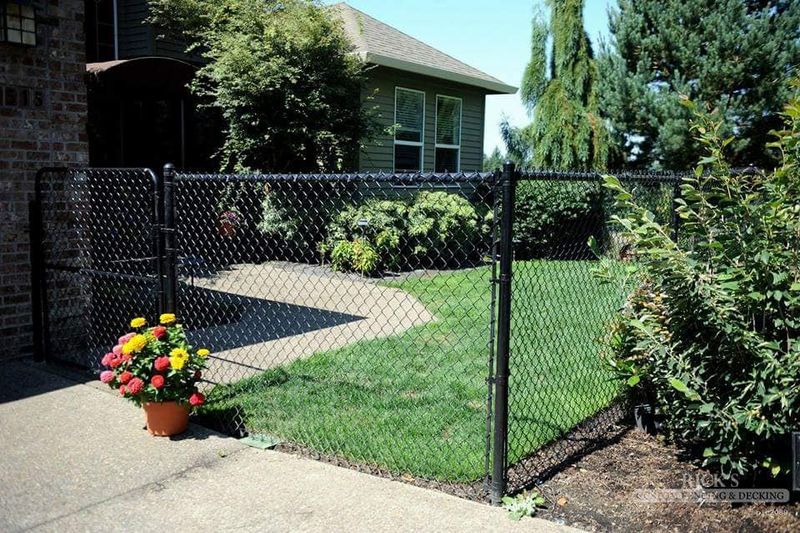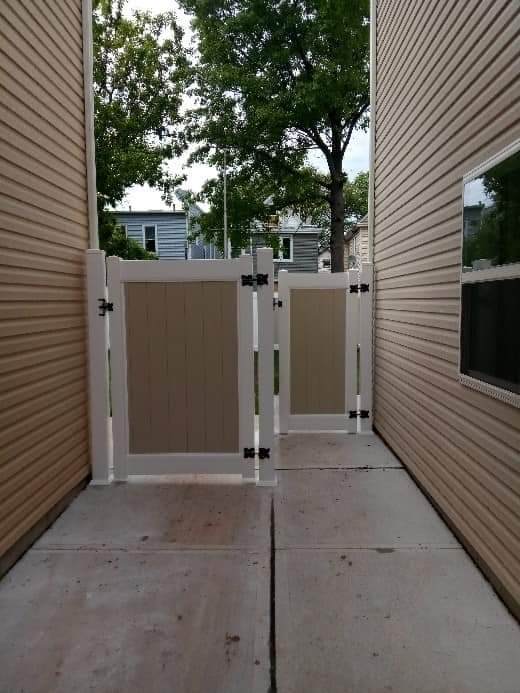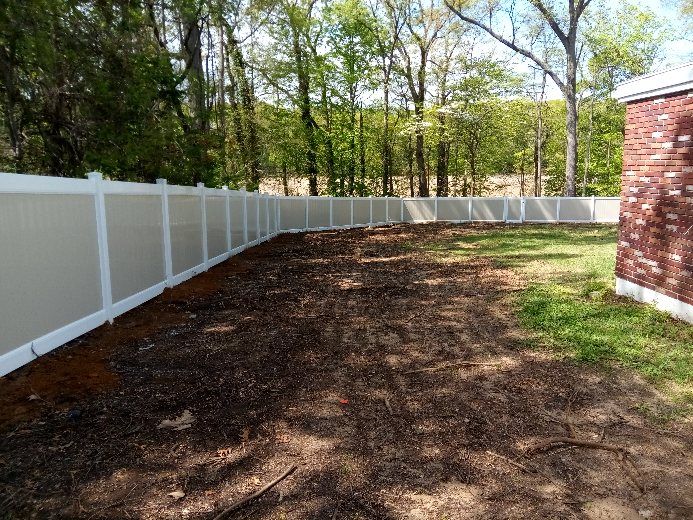**Common Mistakes in Maintaining Your Vinyl Fence—And How to Avoid Them**
Vinyl fencing has gained immense popularity for its durability, aesthetic appeal, and low maintenance requirements. However, many homeowners make common mistakes when it comes to maintaining their vinyl fences. In this article, we'll delve into these pitfalls and provide you with practical solutions to keep your fence looking pristine.
What is a Vinyl Fence?
A vinyl fence is a type of fencing made from polyvinyl chloride (PVC), a synthetic plastic polymer that offers numerous benefits over traditional wood or metal fences. These fences can come in various styles and designs, making them versatile for any property.
Benefits of Choosing Vinyl Fencing
Durability: Vinyl fences are resistant to harsh weather conditions, insects, and rot. Low Maintenance: Unlike wood, vinyl doesn’t require regular painting or sealing. Aesthetic Variety: With multiple colors and styles available, you can easily find one that complements your home.
Common Mistakes in Maintaining Your Vinyl Fence—And How to Avoid Them
Maintaining your vinyl fence might seem straightforward, but there are several common mistakes that can lead to complications down the road. Let’s take a closer look at these issues and how to sidestep them.
Neglecting Regular Cleaning
One of the biggest oversights in vinyl fence maintenance is neglecting to clean it regularly. Over time, dirt, mold, and mildew can accumulate on the surface.

How to Clean a Vinyl Fence
Mix mild soap with water. Use a soft-bristle brush or sponge to scrub the surface. Rinse thoroughly with water.
Cleaning your fence at least once a year will help prevent the buildup of grime and stains.

Ignoring Mildew Buildup
Mildew can be particularly problematic in humid regions. If left untreated, it can damage the fence's finish.
How to Remove Mildew from a Vinyl Fence
Use a mixture of vinegar and water or a commercial mildew remover. Apply it directly onto affected areas using a spray bottle. Scrub gently with a cloth before rinsing off.
Regular inspections will help catch mildew before it becomes an issue.
Failing to Inspect for Damage
Another common mistake is not regularly inspecting your vinyl fence for cracks or other forms of damage. While vinyl is tough, it’s not indestructible.
How to Repair a Damaged Vinyl Fence Panel
For small cracks: Use PVC glue or adhesive filler. For larger damages: You may need to replace entire panels.
Performing seasonal checks can save you from costly repairs later on.
Choosing Inappropriate Cleaning Solutions
Some homeowners mistakenly use harsh chemicals that can damage the vinyl surface. Stick with gentle cleaning agents designed for plastics.
Overlooking Surrounding Vegetation
Plants growing too close to your fence can cause damage over time as roots push against the material. Regularly trim back any vegetation near your fence line.

Not Considering Weather Impact
Vinyl fences are designed for durability; however, extreme weather conditions like heavy winds or storms can still pose risks.
Are Vinyl Fences Good for Windy Areas?
Yes! But proper installation is key. Make sure posts are anchored correctly and consider additional bracing if you live in high-wind zones.
Using Improper Installation Techniques
DIY installation might save money upfront but often leads homeowners into trouble if they don’t follow best practices. Ensure:
Posts are set deep enough (at least 1/3 of their total length). Gates are hung properly without sagging.
Neglecting Local Regulations
Before installing or maintaining your vinyl fence, check local zoning laws regarding height regulations and permits needed for installation or modifications.
Vinyl Fence Maintenance Schedule
Creating a maintenance schedule keeps your vinyl fence looking new while extending its life span:
| Task | Frequency | |-----------------------|---------------------| | Clean | Annually | | Inspect for Damage | Semi-annually | | Trim Surrounding Plants| Quarterly |
Understanding Vinyl Fencing Styles and Design Options
Vinyl fencing comes in many styles—from classic picket designs to solid privacy options—allowing homeowners flexibility based on their needs.
Privacy Options for Vinyl Fences
If you're looking for solitude from neighbors or want to create an enclosed area:
Solid panel designs provide maximum privacy. Taller options (up to 8 feet) also help keep prying eyes away.
Upgrading from Chain Link to Vinyl Fencing
Many homeowners consider upgrading their chain link fences for various reasons:
Improved aesthetics Better privacy Enhanced security
When making this transition:
Consider removing old chain link fencing carefully; you may need specific tools like bolt cutters.
Chain Link Fence vs Wooden Fence vs Vinyl Fence
When comparing these materials:
Chain Link: Cost-effective but lacks privacy. Wood: Aesthetic appeal but requires ongoing maintenance. Vinyl: Offers durability with low maintenance needs but at a higher initial cost.
Best Uses for Chain Link Fencing
While we focus on vinyl here, it's worth mentioning some fence company great applications for chain link as well:
Pet containment Security around commercial properties Temporary boundaries during construction projects
FAQs
How long does a chain link fence last? A chain link fence typically lasts 15–20 years depending on its exposure and upkeep.
Can you add privacy slats to a chain link fence? Yes! Adding slats allows you more privacy while keeping the benefits of using chain link material.
What color options are available for vinyl fencing? Most manufacturers offer colors ranging from white and tan to darker shades like gray or even customized colors upon request!
Can I paint my vinyl fence? It's generally not recommended since paint may not adhere well; instead, opt for colored vinyl options during purchase if aesthetics matter greatly!
What should I do if my vinyl fence gets damaged? Small cracks may be fixed with PVC adhesive; larger damages typically require replacing entire panels based on severity assessed by inspection guidelines discussed earlier!
Is there eco-friendly vinyl fencing available? Yes! Many manufacturers now produce eco-friendly options made from recycled materials without compromising strength or durability!
Conclusion
Caring for your vinyl fence doesn’t have to be complicated if you steer clear of common pitfalls discussed throughout this article! By adhering closely along our maintenance guidelines above—and remaining vigilant about inspections—you’ll enjoy all those fabulous benefits associated with owning such durable fencing material without any headaches down the line! Remember: prevention is always better than cure when dealing with outdoor structures like these so make sure yours stands tall against time!